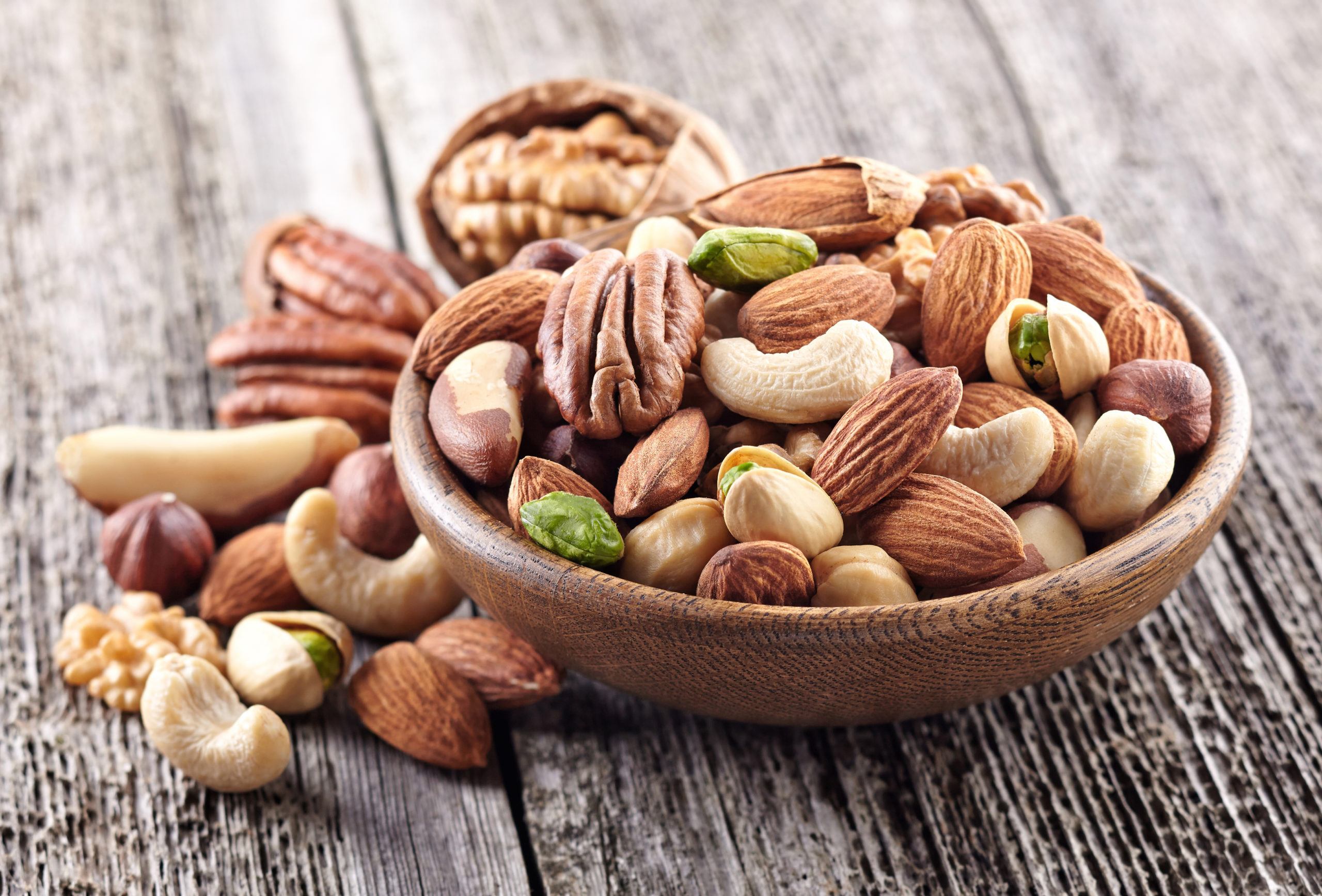



Article by: Hari Yellina (Orchard Tech)
According to the latest export reports, Australian producers are exporting an increased amount of nuts abroad. However, the revenues are continuing to decline in 2021/21. Rural Bank’s Australian Agricultural Trade 2020/21 report, which examines the performance of agricultural exports in the financial year, gave a mixed analysis of Australian tree nut exports. Moreover, according to these reports, the value of these Australian nut exports decreased by 7.9 per cent in 2020/21 despite a significant rise in the volume of exports following increased production across most major growing regions. A substantial rise in global supply saw the average export price for Australian nuts fall by 27.9 pc. Australia exported 130,018 tons of nuts in that period. China continued to be a major factor in the nut export figures.
Tree nuts are grown all over the world, and most types are grown here in Australia. Tree nuts have been grown in Australia for over 100 years, with productivity increasing. The only nuts that aren’t grown at all in Australia are Brazil nuts, as they need the rainforests of the Amazon to grow.
Almonds are grown in several regions in Australia, with five major growing regions: Adelaide and the Riverland (South Australia); Sunraysia (Victoria); Riverina (New South Wales); Swan Region (Western Australia). Almonds are also grown in the USA and Spain. Australia is the second-largest producer of almonds in the world, behind California, USA.
Brazil nuts can only grow in South America, as they need the rainforests of the Amazon valley of Brazil, Peru and Bolivia to grow.
A native of Brazil, now grown in Vietnam, India, Africa and Brazil, with some small orchards in northern Queensland.
Australian chestnuts are grown principally in the southern states of Australia, including Orange, Southern Tablelands, Blue Mountains and Batlow (New South Wales); Northern and Central Tasmania; North-east and Central, and East of Melbourne (Victoria); Adelaide Hills (South Australia); South-west (Western Australia). Around 70% of Australia’s production is located in the North East of Victoria.
Hazelnuts are not native to Australia, and commercial varieties in Australia are cultivars of the European hazelnut. Hazelnuts in Australia are largely imported from Turkey, the USA and Spain. Hazelnuts are grown in the temperate areas of south-eastern Australia. The main production regions are the Central Tablelands, near Orange, and Narrandera (New South Wales); and around Myrtleford, north-east Victoria. They are also grown in central and Eastern Victoria and increasingly in northern Tasmania. Small levels of production are also evident in South Australia and Western Australia.
Macadamias are Australia’s native nut and are grown along the eastern seaboard of New South Wales and Queensland, from Port Macquarie in the south to the Atherton Tablelands in the north.
Around half of the Australian crop is produced in NSW and half in Queensland. Macadamias are also grown in Hawaii (USA), South Africa, Kenya and Guatemala.
Well known as a native American nut, the majority of Australian pecans are grown in the Gwydir Valley, east of Moree in northern inland New South Wales. Smaller-scale production extends from the Hunter Valley and Nelsons Bay on the NSW Central Coast to the Mid North Coast near Kempsey and the North Coast around Lismore. Orchards can also be found in Queensland at Mundubbera and Eidsvold in the southeast in the Lockyer Valley and south to the NSW border. Smaller plantings also exist in South Australia and Western Australia. Pecans are also grown in the USA, Mexico and South Africa.